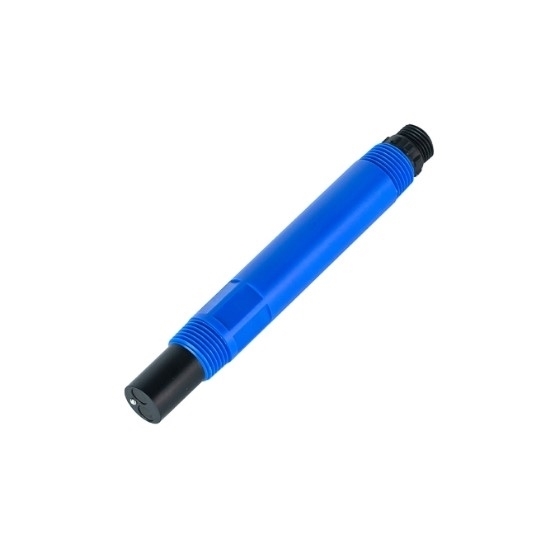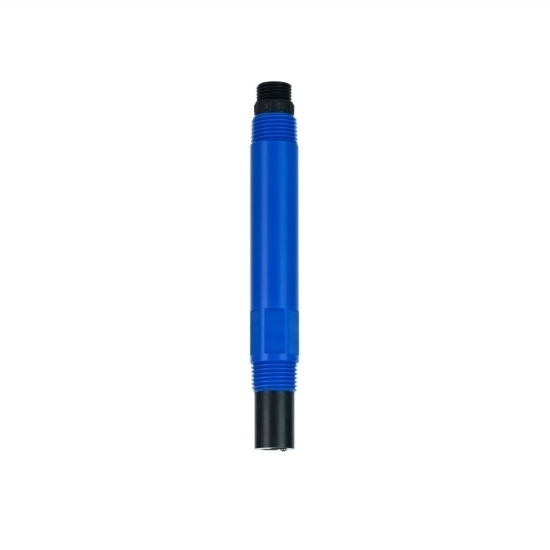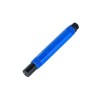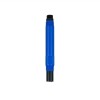



- Stock: In Stock
- Model: RDDLZ-CS-306
- Weight: 1.00
- SKU: RDDLZ-CS-306
Available Options
The wireless electrical conductivity sensor is easy to install, and the 1/2NPT pipe thread is convenient for submersible installation or installation in pipes and tanks. The wireless conductivity transducer can output conductivity and TDS at the same time. The signal output adopts RS485 (Modbus/RTU protocol), which is convenient for connecting to third-party devices such as PLC, DCS, industrial control computers, general controllers, paperless recorders or touch screens. It can work stably in harsh environments and is suitable for drinking water, surface water, water supply, industrial water treatment and other industries.
Specification
| Model | RDDLZ-iEC-306 |
| Output Method | RS485 (Modbus RTU) Bluetooth output: RDDLZ-CS-MINI1 |
| Shell Material | ABS and POM |
| Measurement Principle | Electrode method |
| Measuring Range | Conductivity: 0~5000 μs/cm TDS: 0-3000 mg/L |
| Resolution | 1 μs/cm |
| Accuracy | Conductivity: ±1.5% of reading TDS: ±0.3℃ |
| Response Time (T90) | <30s |
| Minimum Detection Limit | 2 μs/cm |
| Calibration Method | Two-point calibration |
| Temperature Compensation | Automatic temperature compensation (Pt1000) |
| Storage Temperature | -5~65℃ |
| Working Conditions | 0~50℃, ≤0.6MPa |
| Installation Method | Immersion installation, 1/2 NPT |
| Power Consumption | 0.1W@12V |
| Power Supply | 12~24V DC |
| Protection Level | IP68 |
| Cable Length | 5 meters, please contact us for other lengths |
Note: The conductivity sensor must be equipped with a Bluetooth transmission module to achieve wireless transmission function.
Features
- The wireless conductivity sensor is small in size, low in power consumption, highly sensitive, accurate in measurement, and stable in performance.
- The contact-type stable graphite electrode has a wide contact area and is not easily polarized. The output uses RS485 (Modbus/RTU protocol), which is convenient for connecting to third-party devices.
- The tight waterproof connector ensures uninterrupted signal transmission. The 1/2NPT pipe thread is convenient for submerged installation or installation in pipes and tanks.
- The wireless conductivity transmitter is made of POM material, which is corrosion-resistant, anti-fouling, and easy to clean.
Dimension (Unit: mm)
Details
Wiring
| Red line | Black line | Blue line | White line |
| Power line (12V~24VDC) | Ground line (GND) | 485A | 485B |
Application
Tips: Two-point calibration of the conductivity sensor
- Principle: Two-point calibration corrects the linear relationship of the sensor by calibrating with two standard solutions, low point (such as 84 μS/cm) and high point (such as 1413 μS/cm), thereby improving the measurement accuracy. This method is particularly suitable for occasions with a wide measurement range or high data accuracy requirements, such as laboratory analysis or industrial process control. When the conductivity sensor has been used for a long time or the single-point calibration cannot meet the accuracy requirements, the two-point calibration can effectively reduce the measurement error.
- Preparation: Before calibration, you need to select a suitable standard solution, such as 84 μS/cm (0.001 mol/L KCl) for low conductivity measurement and 1413 μS/cm (0.01 mol/L KCl) for general water quality monitoring. At the same time, the electrode status must be checked to ensure that it is clean and free of contamination, and cleaned with dilute hydrochloric acid or alcohol if necessary. In addition, the temperature probe must work normally, and the calibration should be performed in an environment close to 25°C, or the automatic temperature compensation function should be enabled.
- Steps: First, enter the calibration mode of the conductivity sensor and select the two-point calibration function. Perform low-point calibration first, immerse the cleaned electrode in a low-conductivity standard solution (such as 84 μS/cm), and save the reading after it stabilizes. Then, clean the conductivity sensor and immerse it in a high-point standard solution (such as 1413 μS/cm), and save the data after it stabilizes again. After the calibration is completed, check whether the slope displayed by the instrument is within the range of 95%~105%. If it exceeds, recalibrate or check the electrode status. Finally, verify the calibration result by re-measuring the standard solution to ensure that the error is within ±1%.
- Notes: During the calibration process, it is necessary to ensure that the temperature compensation is set correctly. If the standard solution temperature is not 25℃, the actual temperature must be manually entered or the automatic compensation function must be relied on. The electrode constant (K value) must be consistent with the nominal value of the conductivity sensor, otherwise, the calibration may fail. Common problems include standard solution contamination, electrode aging, or bubble interference, which need to be solved in a targeted manner, such as replacing fresh standard solution, cleaning the electrode, or checking the connection line. The calibration methods for different conductivity sensor types (such as two-electrode, four-electrode or inductive) are slightly different, and the operation process needs to be adjusted according to the actual equipment.
